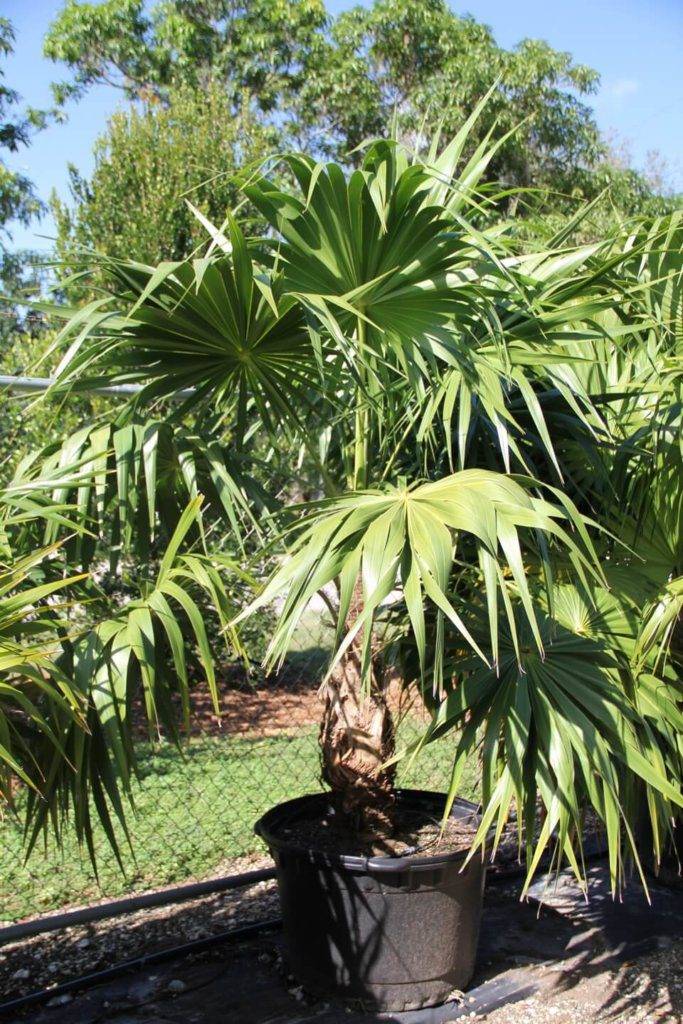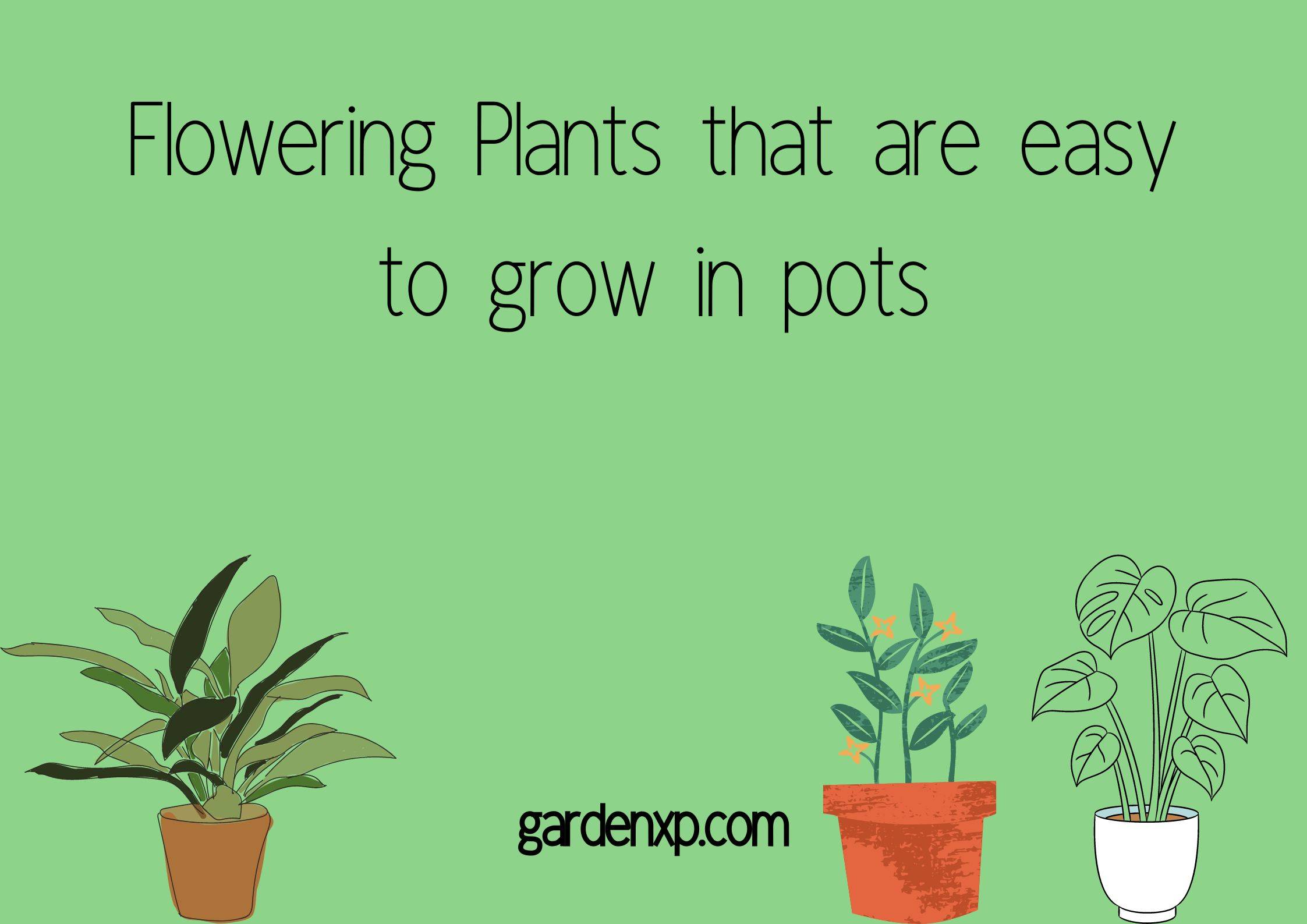Florida Thatch Palm Care – How to Grow Florida Thatch Palm Trees?
I had planted a Florida Thatch Palm in January, and it was doing well. However, at the beginning of the summer, some of the leaves started to turn brown. To get rid of the issue, I cut off that portion, but nothing happened; it turned brown again, and the tips of the leaves started to turn brown. I was so fed up; where was I going wrong? I did every possible thing like checking whether the roots were healthy or not, ensuring the soil wasn’t dry or overly watered, but I couldn’t find the solution.
After facing all these problems, I came to know that it will give a positive result when you don’t have any idea of the plant. Here I am talking about the basic requirements, which are different for each plant. So, I think you know what I did; I researched the plant and then started to replant it again, which resulted in the best outcome.
Here, I am explaining all my research so that you may not face all these problems and grow Florida Thatch Palm successfully. Just make sure to read the article carefully so that you don’t miss anything.
Cardinal Takeaways:
- This may come to your surprise, but there are about 2600 species of Palm Trees, of which the majority of Palms are planted in Tropical or Coast Tropical regions.
- These palm trees require 80-100% sunlight.
- Full sun exposure is the best for this plant.
- The potted plants may flourish well in the summer months and should be brought indoors before winter to save them from frost.
- They have an extremely slow growth if planted in shady areas, or they might not even thrive in shades.
- This tree is a highly decorative and aesthetic species of palm, which can be planted in coastal regions or gardens for creating privacy screens when planted in multiples.
- Urban pollution does not affect this plant.
- It is an easy-to-grow palm in tropical or coast tropical regions and is a treat for the eyes.
- Full sun exposure is the best for this plant.
- They have an extremely slow growth if planted in shady areas, or they might not even thrive in shades.
- As they do not grow in groups, this plant has been an endangered species.
A few comprehensive facts about the Florida Thatch Palm Trees
As the name suggests, this palm species is native to the regions of Florida. This tree is a highly decorative and aesthetic species of palm, which can be planted in coastal regions or gardens for creating privacy screens when planted in multiples. The Florida Thatch Palm can be found in the Northern Caribbean regions along with Florida.
It is an easy-to-grow palm in tropical or coast tropical regions and is a treat for the eyes. It is so ornamental with glossy dark green leaves which look like a fan and creates a picture-perfect spot for the people. It is so trendy among photoholics and photographers.
The Florida Thatch Palm is an easy-to-grow tree, which requires less care. It becomes a perfect plant for outdoor garden spaces, beaches, or any other region if you keep it warm. The growth of this tree may vastly vary depending upon the soil type, temperature of the region, sun exposure, and many other such factors.

| Common Name | Florida Thatch Palm, Silk-top Thatch Palm, |
| Botanical Name | Thrinax radiata |
| Soil Type | Calcareous Soil or Coastal alluviam soil |
| Soil pH | Moderately acidic and slightly alkaline soil ranging anywhere between 5.5 to 7.5 on the pH scale. |
| Watering | This plant requires watering when dried out. |
| Drainage | Needs a Well-drained but moist soil |
| Temperature | This plant requires a thriving sun and develops best in warmer regions. |
| Specialties | 1. This Palm trees require 80-100% sunlight. Full sun exposure is the best for this plant. The potted plants may flourish well in the summer months and should be brought indoors before winter to save them from frost. 2. While planting these plants, they require 30-40% shady area to develop, otherwise, the tender young leaves may face a leaf burn. These trees are even drought tolerant and can also tolerate tropical storms once established. 3. Urban pollution does not affect this plant. One more fascinating fact about this plant is they are also salt tolerant. |
| Height | 30′(10m) at maturity |
| Width | 3′(1m) at maturity |
| Sun Exposure | Full sun exposure |
| Hardiness Zones(The ability to endure difficult weather conditions) | 10-11 (USDA) |
| Native | This plant is native to the Northern Caribbean regions and Florida. |
| Toxicity | Non-toxic |
| Species Highlight | This plant species is currently on the endangered list. |
Growth and care tips for the Florida Thatch Palm Trees
a. Growth Tips
These palms prefer coastal or calcareous soil that is moist during the summer and dry in winter. That is the peculiar typical weather condition required for a Thatched palm to grow in full bloom.
These palm trees require 80-100% sunlight. Full sun exposure is the best for this plant. The potted plants may flourish well in the summer months and should be brought indoors before winter to save them from frost.
They have an extremely slow growth if planted in shady areas, or they might not even thrive in shades.

b. Care Tips
- Sandy or coastal alluvium soil is the natural habitat for this palm.
- This plant needs to be fertilized twice or thrice a year.
- This plant requires regular pruning as it is not a self-cleaning plant.
- It needs time to acclimatize if planted indoors.
- It needs appropriate watering if planted outside.
- Watering immediately after noticing dryness can help this plant to thrive even through salty winds.
- When this plant is potted or grown in a container indoors, it needs a little extra care than those planted outside.
Wrapping up the context
In this guide, you come to know that there are about 2600 species of Palm Trees, of which the majority of Palms are planted in Tropical or Coast Tropical regions. These palm trees require 80-100% sunlight. Full sun exposure is the best for this plant. The potted plants may flourish well in the summer months and should be brought indoors before winter to save them from frost. They have an extremely slow growth if planted in shady areas, or they might not even thrive in shades. Read the guide for its proper understanding.
FAQs
1. How can a Florida Thatch Palm Tree thrive?
Healthy root growth and full sun exposure are the key factors for a Florida Thatch Palm Tree to thrive. Watering immediately after noticing dryness can help this plant to thrive even through salty winds.
When this plant is potted or grown in a container indoors, it needs a little extra care than those planted outside. Watering the indoor plant when it is completely dry can help in better growth of the plant, as indoor palms retain moisture for a longer time as compared to that planted outdoors.
2. Are Florida Thatch palm slow-growing plants?
Florida Thatch palm is a very slow-growing plant. It gains a maximum height of around 30 feet or 10 meters in a very long period, as the average growth of this plant is just 6″ per year, that too when grown outside. Indoor potted palms may take even longer to grow.
3. Are Florida Thatch palm solitary plants?
Florida Thatch palms are usually solitary plants, one of their individual types. As they do not grow in groups, this plant has been an endangered species. This plant has a slender long trunk which is usually greyish in shade, and it is very beautiful.
4. Why are the Florida Thatch palms endangered?
This tree is native to Florida and a few north Caribbean regions, thus it is well suited for only these regions. It fails to thrive in other weather conditions and soil types as it’s a native habitat of Florida.



This information is very interesting, it is very well explained and the article is very easy to understand. Thanks it’s great